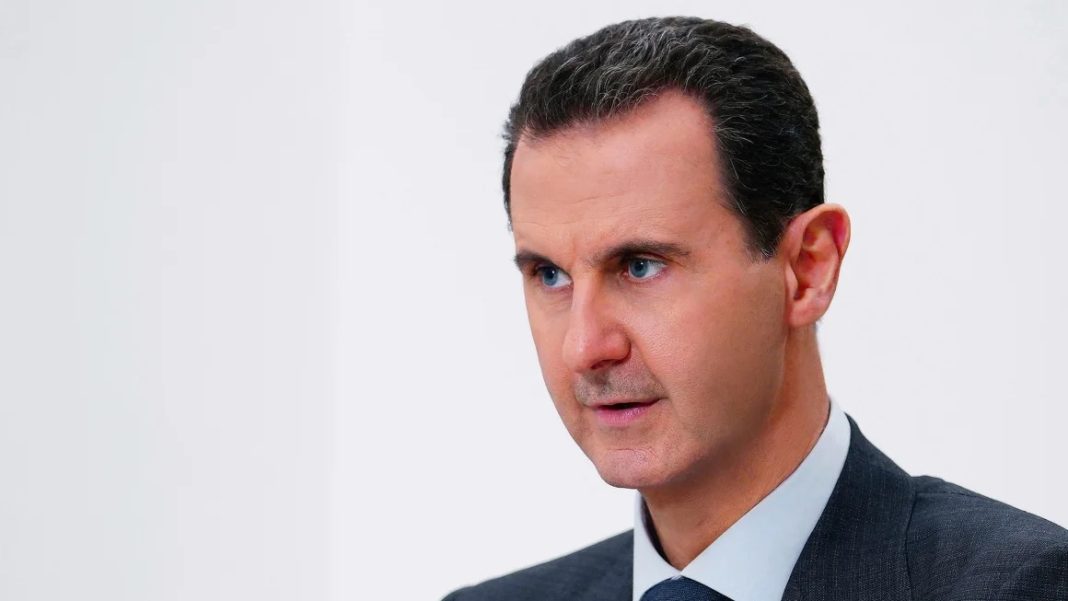DAMASCUS, Syria – The ousting of Bashar al-Assad marks a dramatic end to the Assad family’s half-century grip on Syria. Once seen as a potential reformer, Assad’s reign evolved into one of unparalleled brutality, culminating in his downfall and flight to Moscow.
The Rise of an Unlikely Leader

When Bashar al-Assad unexpectedly inherited power in 2000 following the death of his father, Hafez al-Assad, his ascension seemed improbable.
The presidency was meant for his older brother, Bassel, whose death in a car accident in 1994 thrust Bashar into the political spotlight.
Bashar’s background as an ophthalmologist trained in London and his marriage to Asma al-Akhras, a British-Syrian banker, helped cultivate an image of modernity.
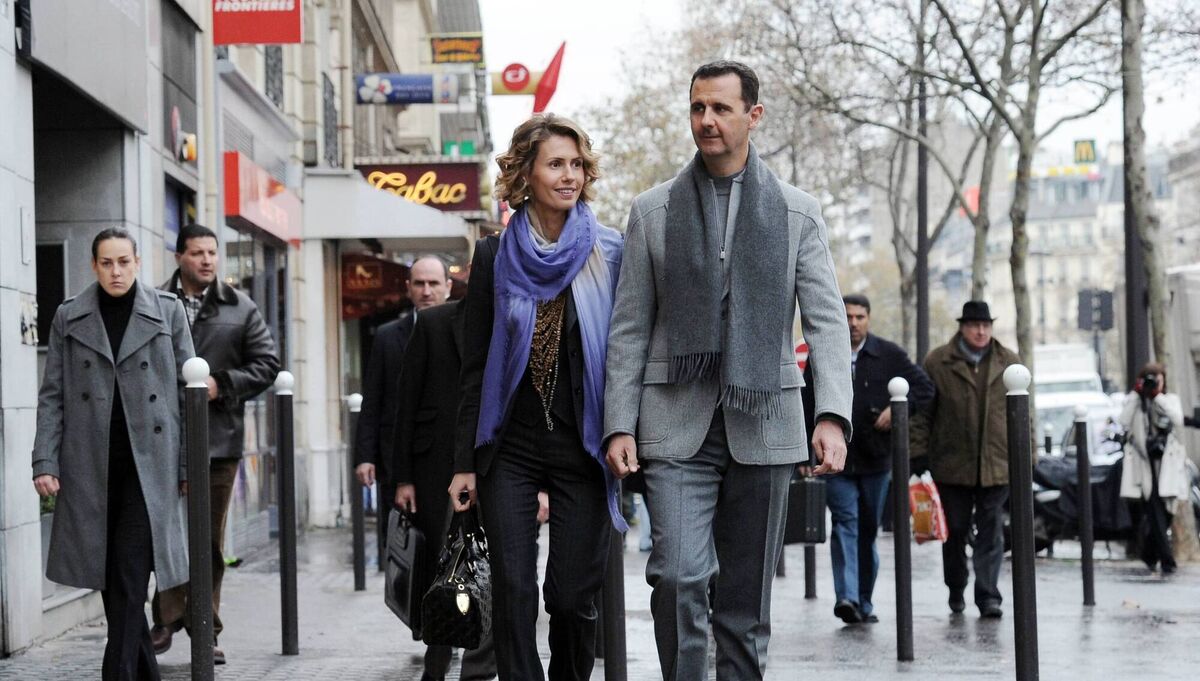
In his early years, he promised reform, releasing political prisoners and pledging economic liberalisation.
His polished public relations strategy portrayed him as a symbol of change, contrasting with his father’s iron-fisted rule.
However, this facade was short-lived. By the mid-2000s, it became evident that Bashar’s vision for Syria did not include genuine political reform.
Power remained concentrated in the security apparatus, with dissent met by arrests and torture.
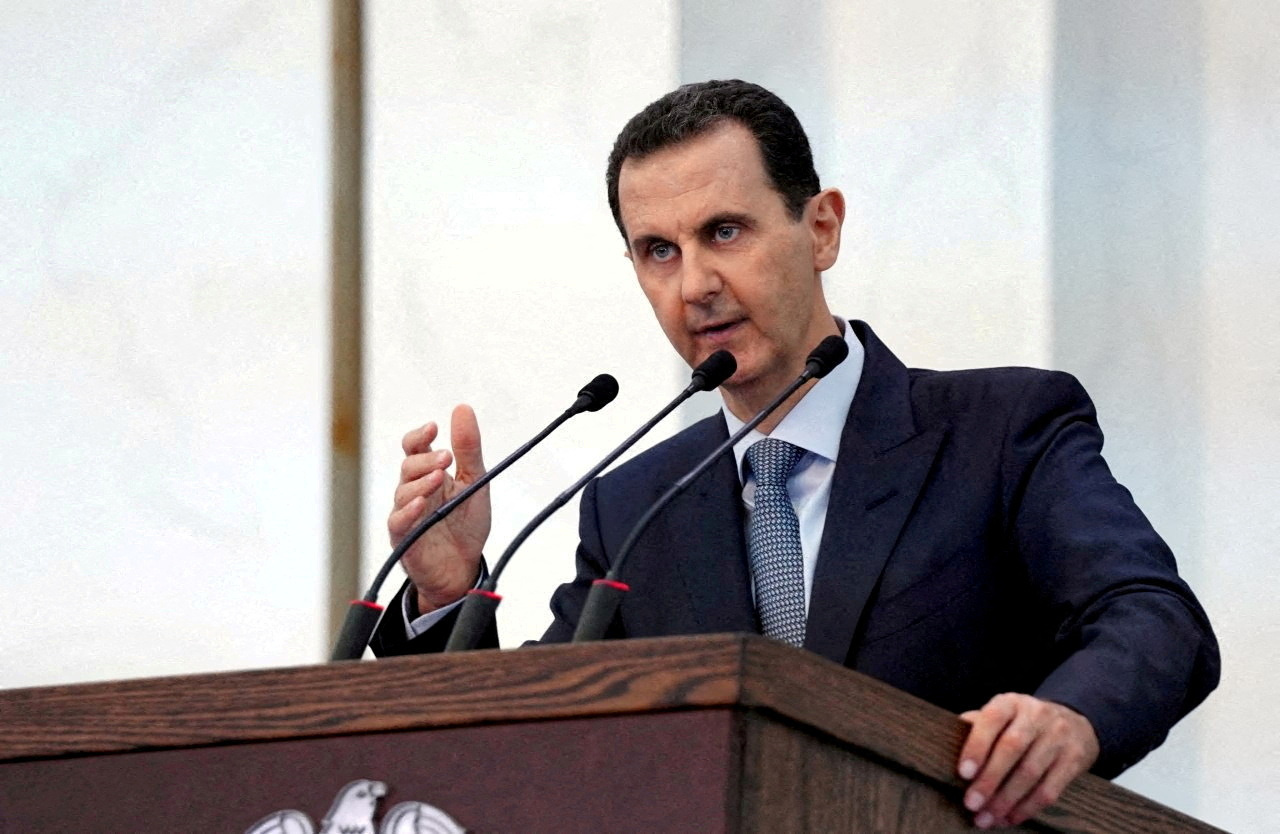
The Arab Spring and Civil War
The Arab Spring of 2011 was a turning point for Assad’s regime. What began as peaceful protests demanding greater freedoms quickly spiraled into a nationwide uprising.
Assad’s response was swift and brutal—security forces opened fire on demonstrators, and mass arrests ensued.
The situation escalated into a full-blown civil war, with opposition groups forming and gaining momentum.
By 2013, the country was fractured, with rebel forces controlling significant territory and Assad’s grip on power weakening.
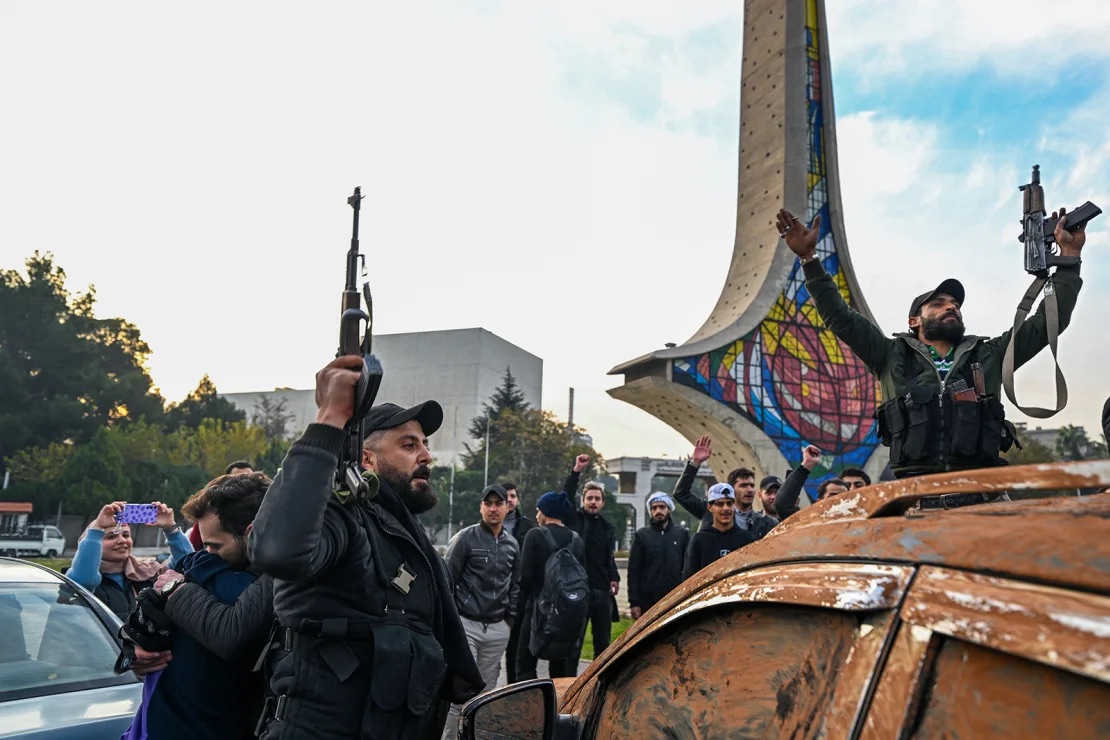
A Reign Defined by Atrocities
Assad’s strategy to retain power was marked by unprecedented violence.
His forces launched indiscriminate airstrikes on civilian areas, deployed barrel bombs, and allegedly used chemical weapons in attacks that shocked the world.
The 2013 sarin gas attack in Ghouta, which killed hundreds, was one of the darkest moments of his rule.
International condemnation was widespread, but meaningful intervention was limited.
While Western powers imposed sanctions and called for Assad’s resignation, their focus often shifted to combating extremist groups like ISIS, allowing Assad to consolidate power with the help of allies.
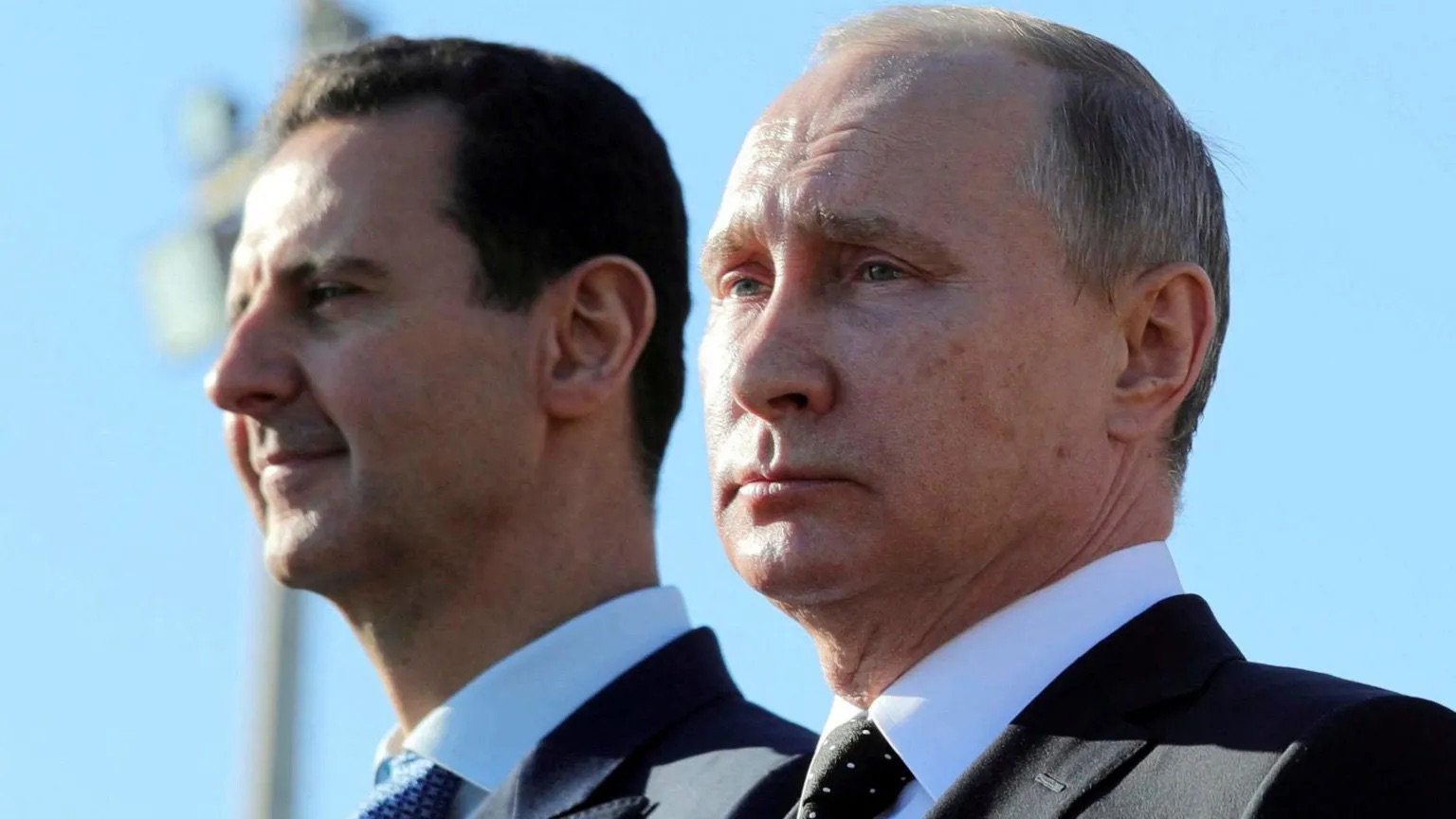
Support from Russia and Iran
Assad’s survival during the early years of the civil war was largely due to support from Russia and Iran.
Russia’s military intervention in 2015, including relentless airstrikes, turned the tide in Assad’s favour.
Meanwhile, Iran provided financial and military support, deploying fighters from Hezbollah to bolster Assad’s forces.
This foreign backing allowed Assad to reclaim key cities, including Aleppo and Homs.
However, it came at a cost: Syria’s sovereignty was compromised, with large portions of the country effectively under the control of foreign powers.
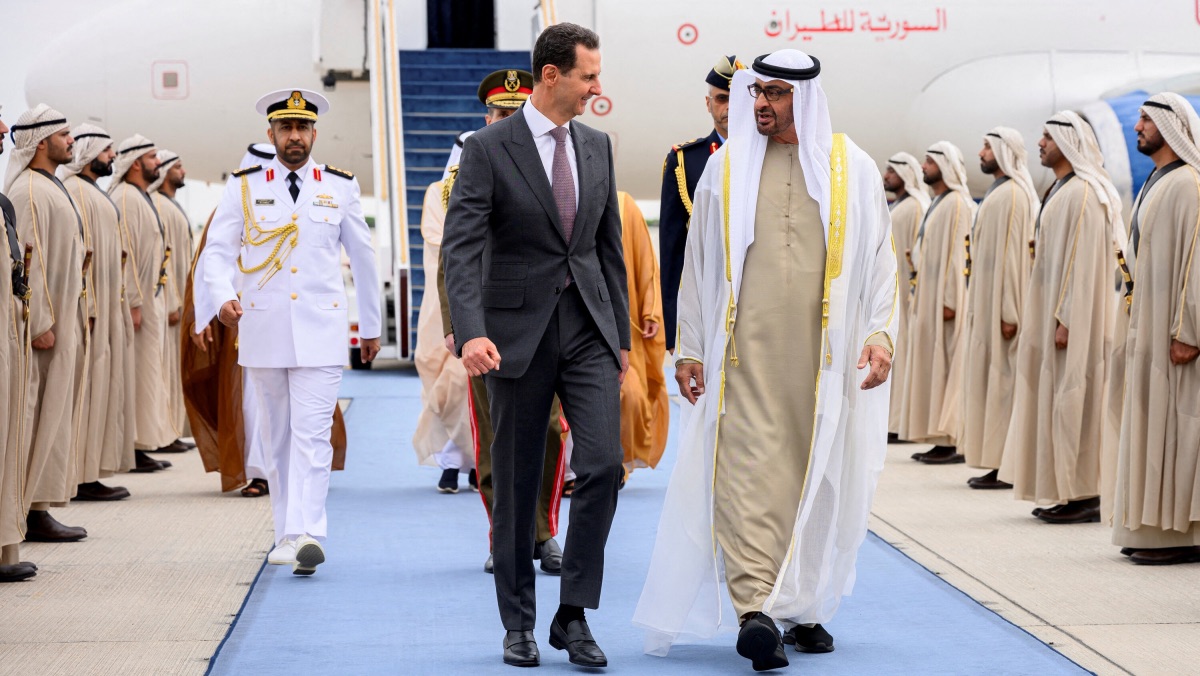
A Fragile State and Final Collapse
By the early 2020s, Assad’s regime was a shell of its former self. Years of war had devastated Syria’s economy and infrastructure, leaving the country reliant on external aid.
Corruption was rampant, and morale among Assad’s forces was at an all-time low.
In 2024, a coalition of opposition fighters launched a final offensive, capturing Damascus after weeks of intense fighting.
As rebel forces closed in, Assad fled under Russian protection, ultimately seeking asylum in Moscow.
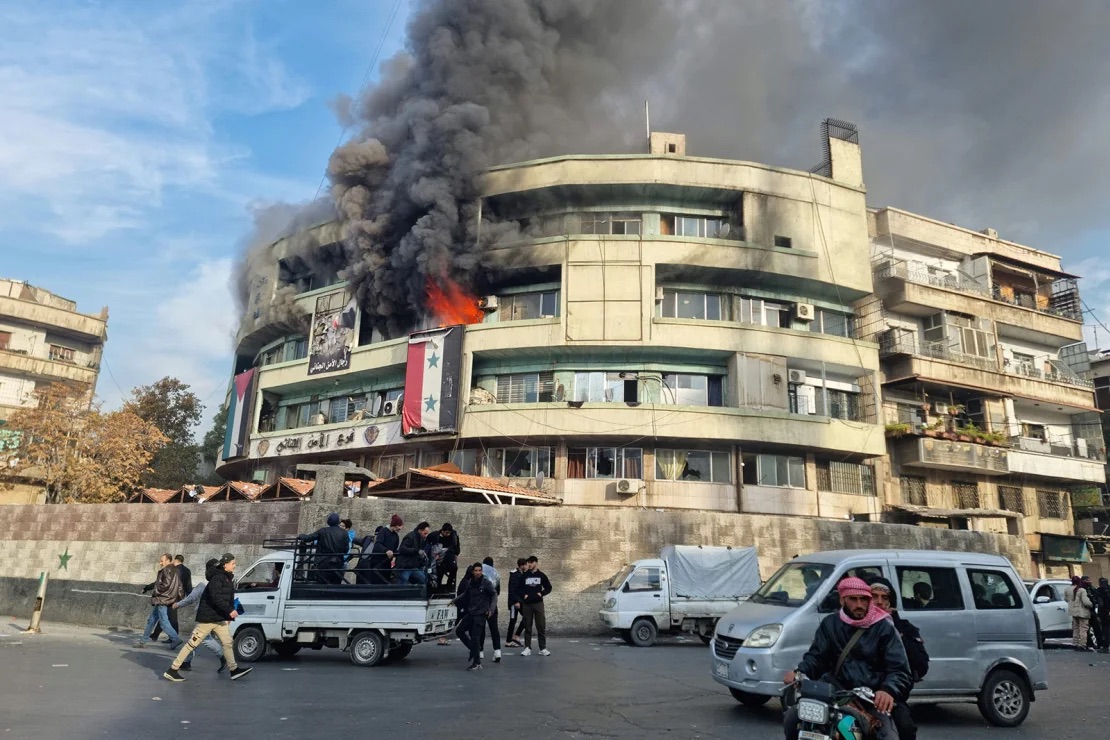
A Legacy of Ruin
Assad’s fall signals the end of an era for Syria, but his legacy remains one of devastation. Over 500,000 Syrians lost their lives during his reign, with millions displaced both internally and abroad.
The once-thriving nation is now fragmented, its people grappling with the scars of war and oppression.
For Bashar al-Assad, the promise of reform gave way to repression, and the once-gawky doctor became one of the most reviled figures in modern history.
As Syria turns the page on the Assad dynasty, the road to rebuilding will be long, but the possibility of a brighter future is now within reach.

